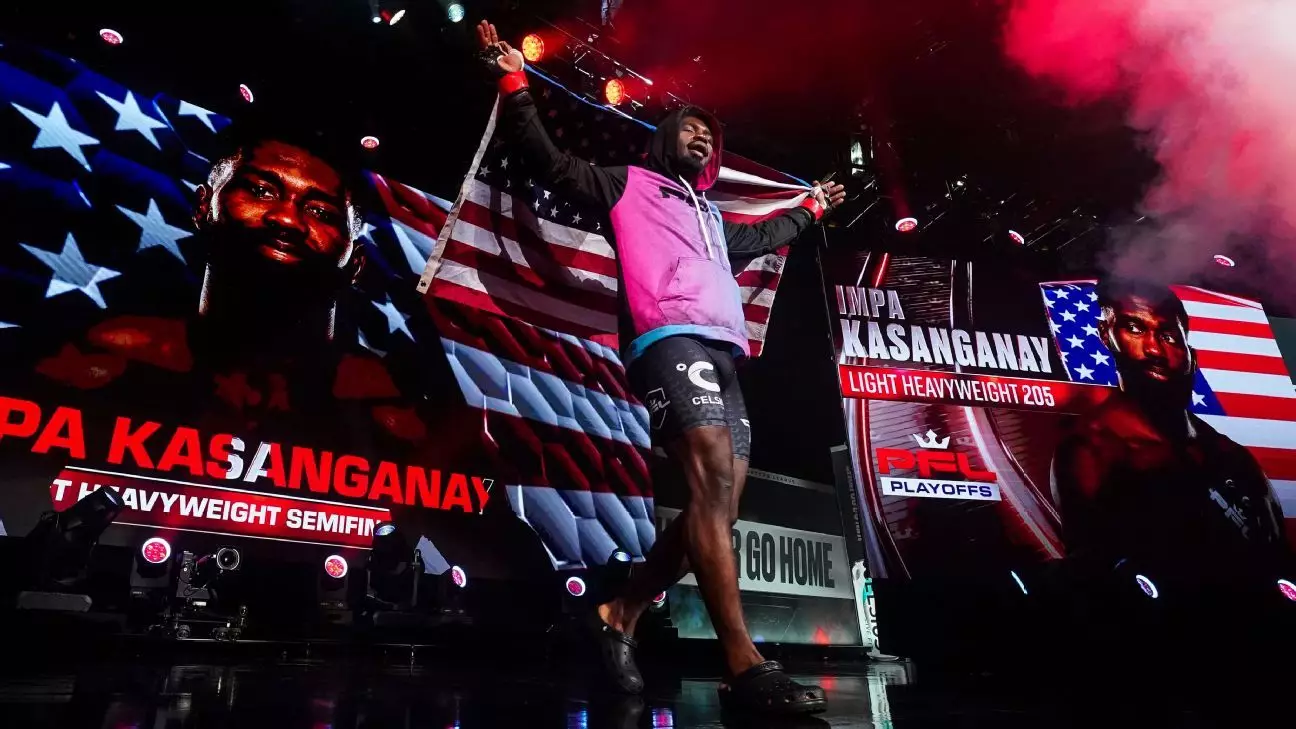As we gear up for the Professional Fighters League’s (PFL) new season debut on April 3, 2025, anticipation builds for what could be the most transformative year yet in mixed martial arts. The PFL is breaking away from its previous structure, ushering in innovative changes that promise to redefine the fight landscape. From introducing a new tournament format to incorporating fresh divisions and exciting matchups, this reimagination has wrestling enthusiasts buzzing with excitement. The question lingers—can the PFL capitalize on these dramatic shifts to elevate its status in the ever-competitive world of mixed martial arts?
Rethinking the Tournament Format
The most notable change for the 2025 PFL season is the comprehensive overhaul of its tournament structure. Historically, the PFL utilized a regular-season format reminiscent of traditional sports, but the introduction of a knockout-style tournament will undoubtedly inject a sense of urgency and drama into every matchup. With eight fighters per weight class competing in quarter-final brackets, the stakes have never been higher. Instead of a two-fight format with points determining playoff contenders, fans will be treated to nail-biting elimination rounds consistently throughout the early rounds. The PFL’s strategy to secure a $500,000 prize for each weight class final is a clear bid to capture attention away from the more established MMA promotions.
This revamped format not only intensifies competition but also enhances fan engagement. The inclusion of alternates gives individuals vying for recognition a straightforward pathway back into the spotlight should opportunities arise due to unforeseen circumstances—a forward-thinking move that addresses prior grievances from fighters and fans alike.
Fresh Faces and Expanded Divisions
Among the changes, the PFL’s strategic decision to expand its roster with the addition of middleweight and men’s bantamweight divisions marks a significant step in enhancing the depth of its competition. By resurrecting the middleweight division and welcoming in new talent like Belle’s Bantamweight champion Patchy Mix, the league stands to gain new fans and fighters alike. Although Mix won’t be participating in the immediate tournament, the potential of such star power suggests a promising future.
However, the absence of staple fighters such as Dakota Ditcheva and Bellator champions like Johnny Eblen raises eyebrows. One can’t help but speculate whether these fighters are being strategically reserved for a lucrative pay-per-view event, especially with rising star Francis Ngannou entering the promotion’s fold. The PFL’s approach to building bouts around its featured fighters can only increase suspense and attract viewers who wish to see how these dynamics play out.
Exciting Matchups and Expectations
The April 3 card promises an intriguing mix of established names and rising stars. Exciting clashes like welterweights Jason Jackson and Andrey Koreshkov headline the opening bout—pitting experienced fighters against one another and ensuring that the PFL kicks off the season with a bang. The adrenaline surrounding these initial matches can set the tone for the remainder of the tournament, acting like a litmus test for the promotion’s renewed aspirations.
It’s clear that the PFL is deliberately assembling issues that fans want to see—confrontations featuring fan-favorite fighters and champions not only build hype but also signal to potential viewers that the PFL is here to stay as a player in MMA.
Rule Changes and a Shift in Venue Strategy
In an unprecedented move, the PFL has lifted its ban on elbows in the octagon, permitting a more dynamic fighting style that fans have long clamored for. While championing fighter safety is paramount, lifting this restriction might lead to more decisive finishes. However, the risk of injuries due to cuts from elbows raises valid concerns about fighters’ ability to compete on short notice. The league must ensure that this decision balances the excitement of aggressive striking with the practicalities of fighter health and availability.
Moreover, the decision to host the first four fight cards at Universal Studios, rather than moving from venue to venue, is likely to create a consistent atmosphere and dedicated fan engagement—something that has been inconsistent in previous seasons. By concentrating its events, the PFL can build a compelling narrative around its fighters and engage with the audience on a deeper level.
The PFL’s thrilling innovations and strategic choice of format—coupled with roster updates and engaging matchups—position it to recast the MMA landscape in ways that could attract both seasoned and new fans alike. With this transformative spirit, the anticipation for April 3rd reverberates across the MMA community.


Leave a Reply